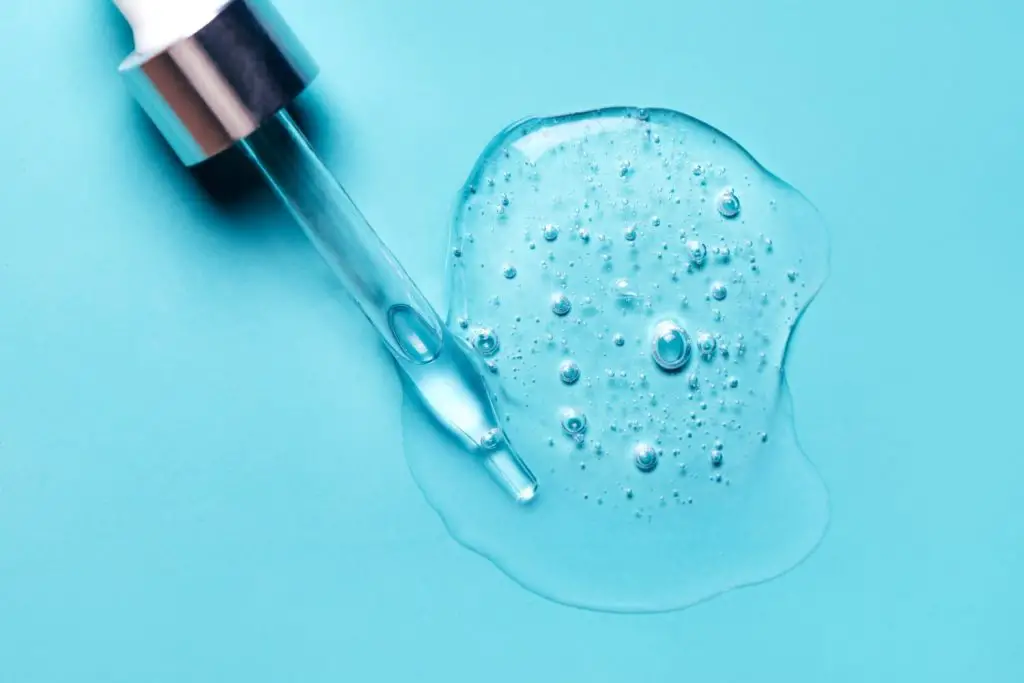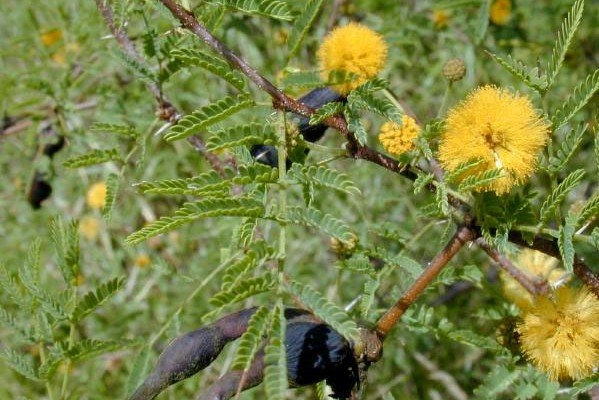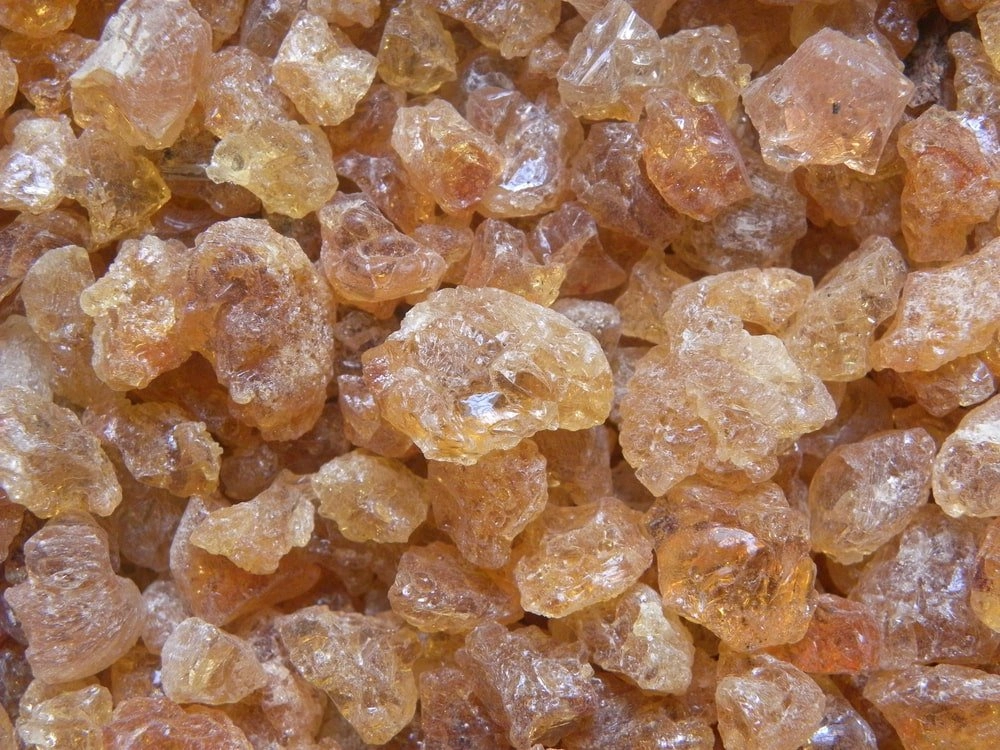With all the different acid ingredients used in skin care products, it’s hard to know what to use as part of your daily routine. You may have come across acid ingredients such as salicylic acid, glycolic acid, hyaluronic acid, lactic acid, or phytic acid. There’s a lot of them out there!
This post may contain affiliate links. Read the full disclosure here
Each offer different benefits and some are more gentle than others. Don’t worry, we’ll break down the details of using phytic acid for skin and when you’ll want to reach for products with this ingredient
What Is Phytic Acid?
Phytic acid is a natural AHA (Alpha Hydroxy Acid) usually derived from grains, seeds, rice, and legumes. It’s similar to other AHAs that are commonly used in skincare, such as glycolic acid.
Phytic acid is used in skincare products such as face masks, toners, cleansers for acne, and even clinical-strength chemical peels used by dermatologists. It’s thought to be even more gentle on the skin than glycolic acid, making it a great option for sensitive skin types.
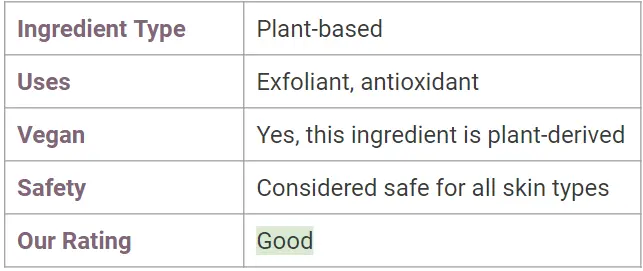
Phytic Acid Uses & Benefits for Skin
There are several ways that AHAs like phytic acid can help improve skin appearance, texture, and health. It acts as a mild exfoliator and is loaded with antioxidants.
As we know from other antioxidant-rich ingredients, phytic acid can help ward-off environmental stressors and skin damage caused by free radicals.
- Exfoliates – Phytic acid encourages the shedding of dead skin from the epidermis and accelerates the cell regeneration cycle, exfoliating dead skin and revealing healthy, strong skin.
- Brightens skin – The dull, matte appearance of the skin is often caused by a buildup of dead skin cells. By removing these cells from the epidermis (exfoliating), phytic acid can help improve the natural glow of your skin.
- Antioxidant-rich – Phytic acid is high in antioxidants and can help fight free radicals, which are thought to contribute to premature skin aging.
- Unclog pores – This is another benefit of its exfoliating properties. The exfoliation process can help rid pores of dead skin cells, dirt, and bacteria to help prevent acne and clogged pores. When your pores are clean and clear, it can shrink the appearance of them.
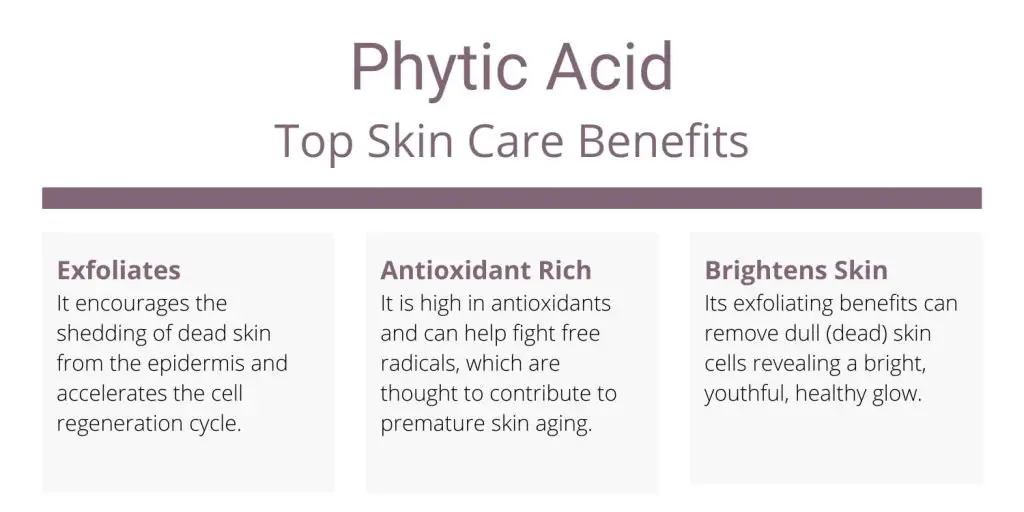
Phytic Acid vs. Glycolic acid
Phytic acid is like a version of glycolic acid that is gentler on the skin. They are both AHAs but the main difference is that phytic acid is loaded with antioxidant properties.
They are both exfoliating ingredients but phytic acid can be less irritating to the skin. You don’t always have to choose one or the other either! Some experts suggest they should be used together to increase their effectiveness.
Is Phytic Acid Vegan?
Phytic acid is derived from plant-based ingredients such as grains, rice, and legumes, so it’s completely vegan. When shopping for any skincare product with phytic acid, however, it’s important to check the other ingredients to ensure that there are no animal-derived ingredients, and to make sure the product has not been tested on animals.
Is Phytic Acid Safe To Use In Skin Care?
Phytic acid in skincare is considered safe to use. It’s a natural, non-toxic ingredient found in many legumes (beans). It is a gentle acid, and it can be used on sensitive skin.
It’s very similar to glycolic acid, another common AHA used in skincare products. It is much more gentle than glycolic acid, malic acid, and other AHAs, so it is not irritating and will not cause dermatitis when used topically in common skincare products.
When using products with phytic acid, keep an eye on the concentration. The higher the number, the stronger it’s going to be. You’ll typically find concentrations between 0.5% – 5%. When it’s highly concentrated (50-80% or more), it is used as a chemical peel and can damage the skin if not used properly. However, this is true of all AHAs. Used in normal concentrations, it won’t have any negative effects on your skin.
Also Known As:
Phytic acid is also called inositol hexakisphosphate (IP6) or inositol polyphosphate. Less commonly, it’s known as Myo-Inositol hexakisphosphate.
Related Ingredients:

